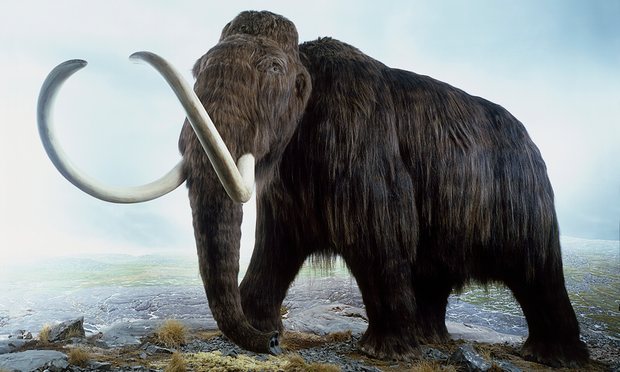George Church's team closing in on hybrid mammoth elephant embryo using CRISPR genome editing to increase to 45 genome edits of elephant from 15 edits a few years ago
by noreply@blogger.com (brian wang) from NextBigFuture.com on (#2CZ77)
Scientist leading 'de-extinction' effort says Harvard team could create hybrid mammoth-elephant embryo in two years
"Our aim is to produce a hybrid elephant-mammoth embryo," said Harvard Prof George Church. "Actually, it would be more like an elephant with a number of mammoth traits. We're not there yet, but it could happen in a couple of years."
The creature, sometimes referred to as a "mammophant", would be partly elephant, but with features such as small ears, subcutaneous fat, long shaggy hair and cold-adapted blood. The mammoth genes for these traits are spliced into the elephant DNA using the powerful gene-editing tool, Crispr
Until now, the team have stopped at the cell stage, but are now moving towards creating embryos - although, they said that it would be many years before any serious attempt at producing a living creature.
"We're working on ways to evaluate the impact of all these edits and basically trying to establish embryogenesis in the lab," said Church.
Since starting the project in 2015 the researchers have increased the number of "edits" where mammoth DNA has been spliced into the elephant genome from 15 to 45.
 "We already know about ones to do with small ears, subcutaneous fat, hair and blood, but there are others that seem to be positively selected," he said.
"We already know about ones to do with small ears, subcutaneous fat, hair and blood, but there are others that seem to be positively selected," he said.
Church also outlined plans to grow the hybrid animal within an artificial womb rather than recruit a female elephant as a surrogate mother - a plan which some believe will not be achievable within the next decade.
"We hope to do the entire procedure ex-vivo (outside a living body)," he said. "It would be unreasonable to put female reproduction at risk in an endangered species."
He added that his lab is already capable of growing a mouse embryo in an artificial womb for 10 days - halfway through its gestation period.
Read more










"Our aim is to produce a hybrid elephant-mammoth embryo," said Harvard Prof George Church. "Actually, it would be more like an elephant with a number of mammoth traits. We're not there yet, but it could happen in a couple of years."
The creature, sometimes referred to as a "mammophant", would be partly elephant, but with features such as small ears, subcutaneous fat, long shaggy hair and cold-adapted blood. The mammoth genes for these traits are spliced into the elephant DNA using the powerful gene-editing tool, Crispr
Until now, the team have stopped at the cell stage, but are now moving towards creating embryos - although, they said that it would be many years before any serious attempt at producing a living creature.
"We're working on ways to evaluate the impact of all these edits and basically trying to establish embryogenesis in the lab," said Church.
Since starting the project in 2015 the researchers have increased the number of "edits" where mammoth DNA has been spliced into the elephant genome from 15 to 45.
 "We already know about ones to do with small ears, subcutaneous fat, hair and blood, but there are others that seem to be positively selected," he said.
"We already know about ones to do with small ears, subcutaneous fat, hair and blood, but there are others that seem to be positively selected," he said.Church also outlined plans to grow the hybrid animal within an artificial womb rather than recruit a female elephant as a surrogate mother - a plan which some believe will not be achievable within the next decade.
"We hope to do the entire procedure ex-vivo (outside a living body)," he said. "It would be unreasonable to put female reproduction at risk in an endangered species."
He added that his lab is already capable of growing a mouse embryo in an artificial womb for 10 days - halfway through its gestation period.
Read more